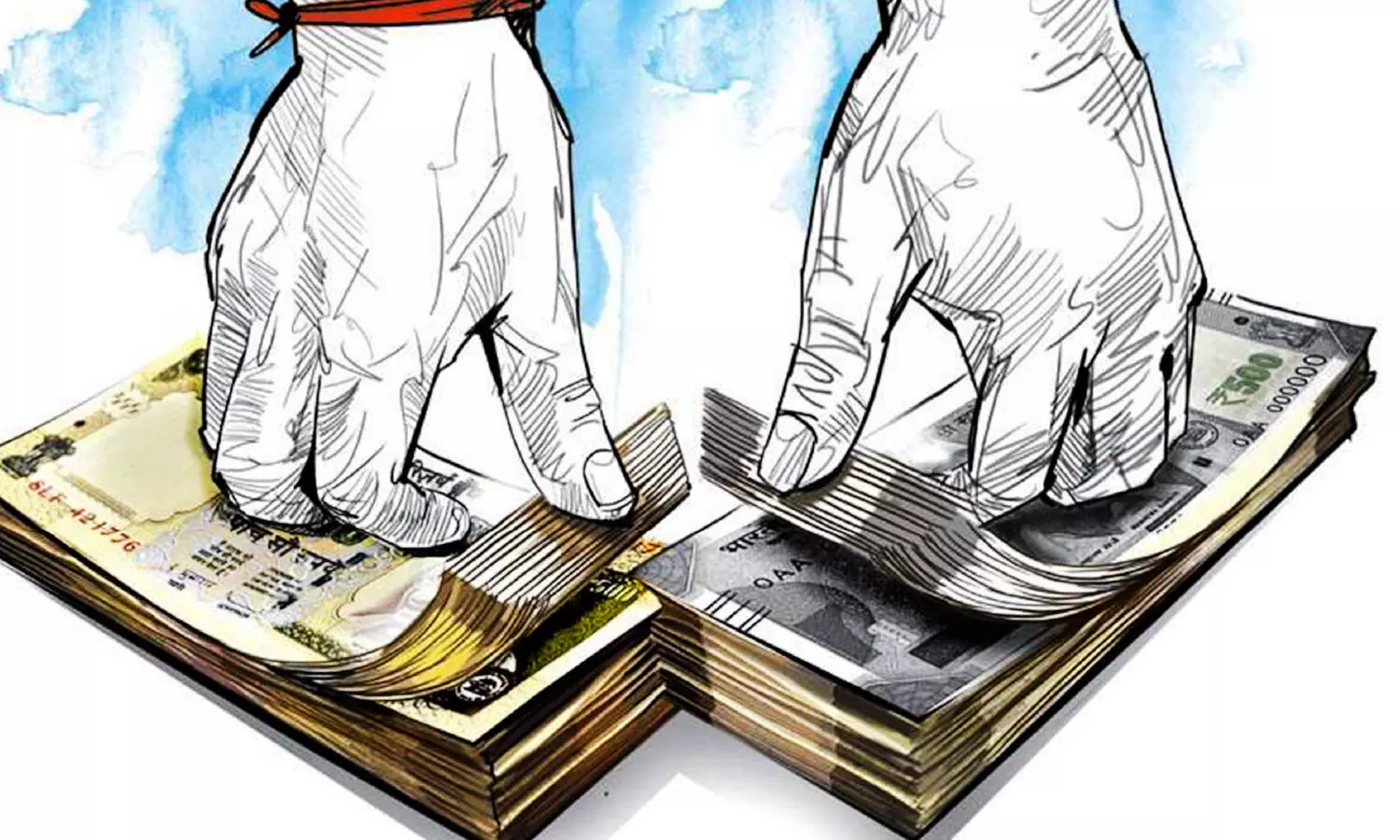In today’s world, it is essential for business managers to understand technology. However, the scope of technology is vast, and there is no need to know every last detail. What business managers need to understand is the essence of technology.
By knowing what technology is, what technological developments make it possible, and what technology cannot do, you will be able to deal with technology appropriately and, as a result, become a more profitable manager.
Please note that the word “technology” in this article does not refer to IT only. Please read it as a word that refers to technology in a broad sense, including IT.
table of contents
What is technology?
Technology is often translated into Japanese as “technique,” but “technique” has two meanings: “technology” and “art.” These two meanings are often confused, so let’s clarify them first.
“Technology” is a written technique. It can also be said to be a technique that can be left to tools. If it is learned and remembered correctly, many people can use it.
Many people think of “art” as “geijutsu” in Japanese, but it broadly means unwritten techniques. It can be said to be a technique that cannot be left to tools, or a masterful technique that can be called art. It also includes the intuition based on the personal sense, talent, and experience that is required to create “art.”
The essence of technology is to “entrust human work (art) to tools.” Any technology creates value by “entrusting human work to tools.” In the past, many things were art, but as time went on, humans replaced art with technology.
The journey of humans and technology

Let’s look at some concrete examples of technology replacing human work, namely art, and creating value. Looking back at history, we can see that humans have an instinctual tendency to replace art with technology.
Since prehistoric times, humans have relied on tools to perform various tasks. A very primitive example is the use of bows and arrows in hunting. Before humans invented bows and arrows, throwing stones or spears at prey was the means of long-distance attack.
Humans have the ability to throw things better than any other animal. However, by inventing the bow and arrow, humans gained a means of long-distance attack that was better than throwing stones or spears. Humans revolutionized hunting by leaving the task of “throwing things” to the tool known as the bow and arrow.
During the Industrial Revolution, which took place from the end of the 18th century to the beginning of the 19th century, the revolutionary power of the steam engine enabled machines to carry out a variety of tasks that had previously been performed by humans. One industry that is often cited as benefiting from the Industrial Revolution is the cotton spinning industry.
Before the Industrial Revolution, cotton textiles were produced by hand, using looms. However, the steam engine made it possible to automate the operation of looms, dramatically increasing the productivity of cotton textiles.
The IT revolution that began in the late 20th century and continues to this day also occurred because it became possible to “leave the task of processing information,” which was previously performed by humans, to a tool called a computer. The hunting revolution with bows and arrows, the Industrial Revolution, and the IT revolution are all essentially phenomena that occurred because it became possible to “leave the tasks that humans perform to tools.”
Secom’s Technology Strategy
An even more familiar example is Secom Co., Ltd. Today, Secom has become synonymous with mechanical security, but when it was founded in 1962 as Nihon Keibi Hosho Co., Ltd., it was a security company that dispatched patrol and resident security guards. The company gained trust by providing security for the athletes’ village at the 1964 Tokyo Olympics, and its patrol security business grew rapidly.
Meanwhile, the company developed Japan’s first online safety system, “SP Alarm,” in 1966. This technology was a pioneer in machine security.
Initially, sales of the “SP Alarm” were not good, but in 1969, three years after its development, the “SP Alarm” led to the arrest of the serial shooter No. 108, who had been causing public anxiety.
Sensing the potential of this, Ryo Iida, founder of Nihon Security Service, decided to abolish patrol security services, which had been the core of the company’s security business, the following year in 1970. At the time, Nihon Security Service’s patrol security business accounted for approximately 80% of its sales. This was a decision to abandon a major source of sales, so naturally it was met with strong opposition from the company’s executives.
As a result, however, mechanical security services grew dramatically as an alternative to patrol security services, and even today, after the company name changed from “Nihon Keibi Hosho” to “Secom,” the company remains the leader in security services in Japan.
Mr. Iida, the founder of Secom, likely understood the true essence of technology, which is to leave things that can be done by tools to the tools, and for humans to focus on things that humans should deal with.
The job of a security guard on patrol is to “discover abnormalities” in the area he patrols and to “deal with the abnormalities he discovers.” Of these two jobs, the “discovery of abnormalities” can be left to a tool called the “SP Alarm.” “Abnormal situations” can be clearly stated, such as glass being broken or a door being opened at a time when it shouldn’t be. This is truly technology.
The other task of “dealing with any abnormalities that are discovered” must be done by humans, that is, by security guards. This does not mean that humans will no longer have work to do. Rather, they will be able to deal with abnormalities more effectively by using tools to conserve their energy, rather than dealing with abnormalities while fatigued from patrolling.
How to respond to an anomaly varies from case to case, and is the judgement of the security personnel who arrive at the scene. It’s truly an art.
The example of Secom is full of suggestions that suggest that “management should understand the true nature of technology.” What can be left to tools should be left to tools. What should be done by humans should be done by humans. Traditionally, “discovering abnormalities” was a job for humans, in other words, an art. However, with the “SP Alarm,” art has been replaced by technology.
In many fields, technology is replacing art. Therefore, managers need to know the latest trends in technology and distinguish between work that can be left to tools and work that should be done by humans. Even as technology evolves, companies still have employees. The key is to use technology to cover the areas of art that employees have been doing up until now, while also understanding what cannot be covered and what can be done with the surplus that is created. In other words, if managers do not know about technology, they will not be able to survive in the competition.
What can this technology do?

Technology has become indispensable in corporate activities. Modern managers need to understand technology. However, as mentioned earlier, it is not necessary to understand every last detail of technology. Managers only need to correctly understand “what the technology can do.”
A good example of where technology is replacing art in recent years is project management.
Until recently, project management was dominated by art, not technology. Steering a project relied on the manager’s experience and intuition. However, with the development of management theory and the IT revolution since the latter half of the 20th century, it has become possible to entrust some management tasks to tools. Technology can now be used in management.
A typical technology for management is a project management tool. Traditionally, managers would manage progress in an analog manner, and at worst, they would have to keep track of each member’s status in their heads. Successful management and leading a project to success was left to each manager to understand the progress and status of each member in their own way.
Nowadays, by using project management tools, it is as if the thoughts of managers and executives can be shared, and anyone involved in the project can understand the progress and situation of the project. In many cases, progress is automatically visualized using graphs, so there is no need to rely on the manager’s personal abilities. Project management methods are also designed based on success stories that have been cultivated in project management around the world for many years, so even new managers will be able to proceed smoothly to a certain extent.
This is the essence of what a technology called a project management tool can do. Even inexperienced managers can function as managers by using technology effectively. Management education takes time and money, and above all, it is difficult to see the actual situation. As a manager, you can see that by using the tool effectively in your company, you can check the status of each project and eliminate inefficiencies and unnecessary tasks, thereby reducing costs.
Project management tools are also improving day by day. For example, Time Krei not only manages projects, but also has many other functions, including communication tools between members, electronic approval processes within the company, and groupware. By making effective use of these functions, work that was previously an art can be replaced by technology, and anyone can do the job efficiently. From the perspective of management, the advantage is that unstable elements are removed. By consolidating functions and realizing centralized management, there is no need to worry about the common problem of “having too many tools and taking too much time to manage,” which is often cited these days.
What the technology can’t do
As mentioned above, managers need to know “what the technology can do” and at the same time correctly understand “what the technology cannot do.” Work that technology cannot do will have to be done by humans. Let’s use project management as an example.
Project management tools make it possible for anyone to carry out some aspects of project management that were previously considered an artisanal task. However, management itself is still performed by humans, and simply introducing a project management tool does not necessarily make all aspects of project management work.
For example, it is difficult to build trust with members or fully motivate them by using a project management tool. The task of motivating members still relies on the manager’s communication skills.
Although technology has recently begun to replace some aspects of art, art still accounts for a large portion of management.
Of course, by using project management tools effectively, you can give members a small sense of accomplishment when they complete a task. However, members are human beings with complex emotions. It is not always the case that an accumulation of small accomplishments will motivate them.
Some members enjoy working on projects, while others want to achieve results in projects and get promoted. Managers need communication skills to understand their members and motivate them. Even today, most management relies on the manager’s experience and intuition, that is, art. Therefore, if you are satisfied with just introducing a project management tool, it will not be effective enough and it will be difficult to achieve continuous project success .
Will the technology be profitable?

When introducing new technology into a business, managers need to decide whether the technology will generate profits. Introducing new technology takes time and money, and is nothing less than an investment in the company. No matter how revolutionary a technology may be, managers need to decide not to introduce it if the profits do not justify the investment. However, it is true that this decision can be very difficult.
Let’s take a certain video game console as an example. In 1995, Nintendo Co., Ltd. released a 3D game console called “Virtual Boy®.” It was a game console that used groundbreaking technology at the time, allowing users to play games in stereoscopic 3D.
However, sales fell to around 150,000 units in Japan and 770,000 units worldwide. The same generation of game consoles, the PlayStation®, sold 102.4 million units worldwide, and the Sega Saturn® sold 9.26 million units worldwide, far behind. The Virtual Boy was said to have been in the black, but judging from the sales figures, the profits were likely small, so it’s hard to call it a huge success.
One of the reasons why the Virtual Boy® was not very successful was that the technology of 3D stereoscopic vision was too new for people to accept at the time. Another reason was that the game screen was displayed in a monotone red color, which put gamers who were already accustomed to beautiful color screens off using it.
Technology has value in replacing human work. In the case of game consoles, it has value in providing new gaming experiences. The Virtual Boy® was shunned by game players because its technology was too new, and as a result, it did not provide a sufficient new gaming experience.
The Virtual Boy® was fortunate in that the business did not go into the red because production was not so high. By withdrawing early, Nintendo Co., Ltd. was able to continue its business without serious damage.
Furthermore, the 3D stereoscopic technology developed with the Virtual Boy® did not go to waste. 16 years after the release of the Virtual Boy®, the 3D stereoscopic function reappeared in the game console called “Nintendo 3DS®”. The Nintendo 3DS® became a huge hit around the world, and Virtual Boy® was rewarded.
As you can see, it is very difficult to judge whether a new technology will generate profits. The Virtual Boy® case does not happen to every company. When managers invest in new technology, they need to thoroughly consider the cost-effectiveness and whether it will be adopted by users.
Summary of the essence of technology
As we have seen so far, it is essential for managers to understand the essence of technology.
If managers understand the essence of technology, they will be more likely to be able to correctly judge whether technology will generate profits. Work that can be done by tools should be left to tools. Work that should be done by humans should be left to humans. If they remember this basic idea, they will be able to use technology to generate profits.
Technology will continue to develop in a way that complements humans. Managers need to constantly think about what technology is currently available, what it can and cannot do, and whether it will lead to profits for their company.


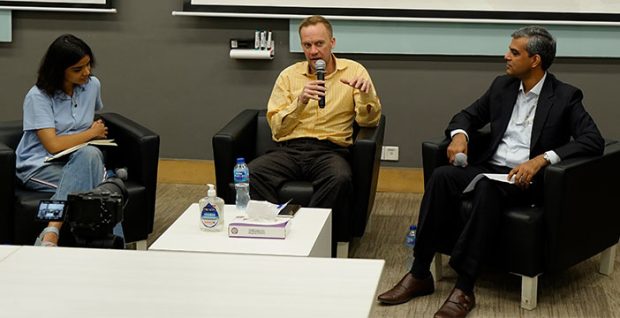











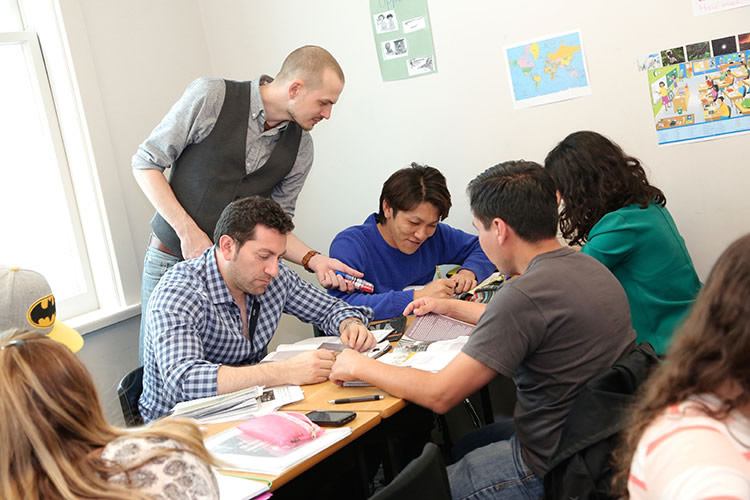











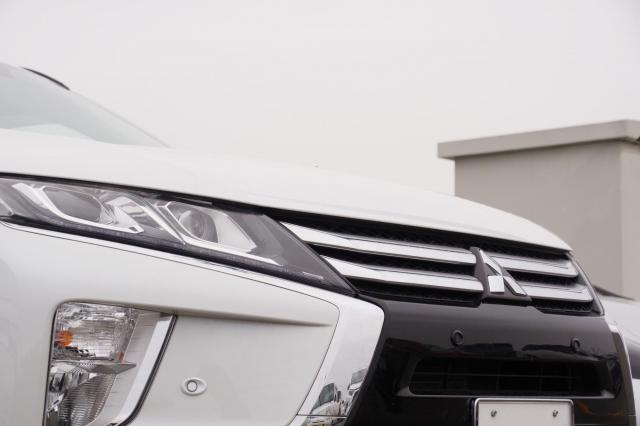






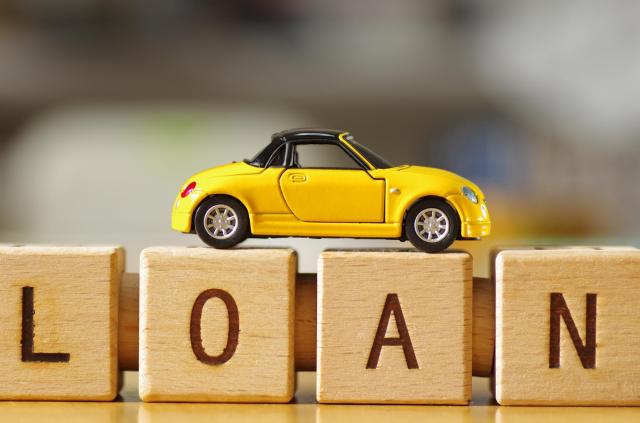






















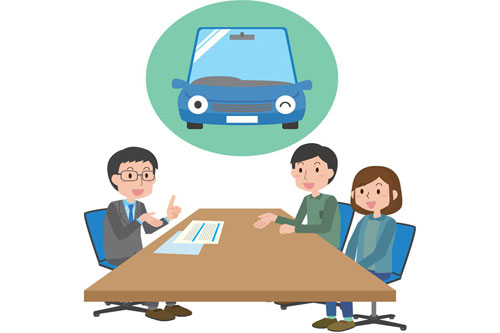

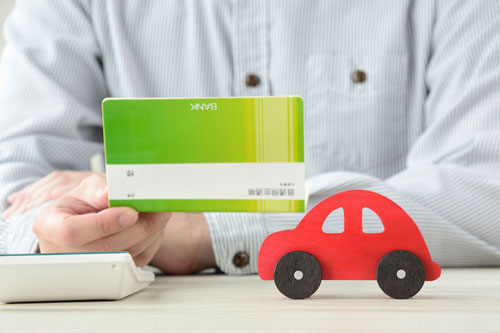



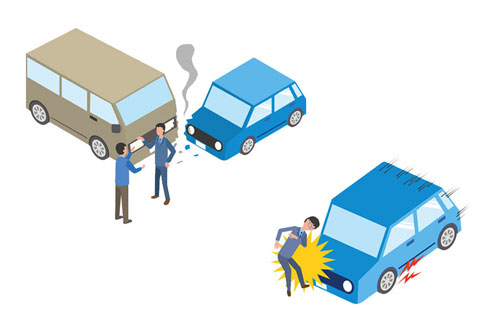







![[Working in the US] Anti-Money Laundering in the Insurance Industry](https://mortalgaming.online/wp-content/uploads/2025/05/h_good_practices_prevent_money_laundering.webp)


